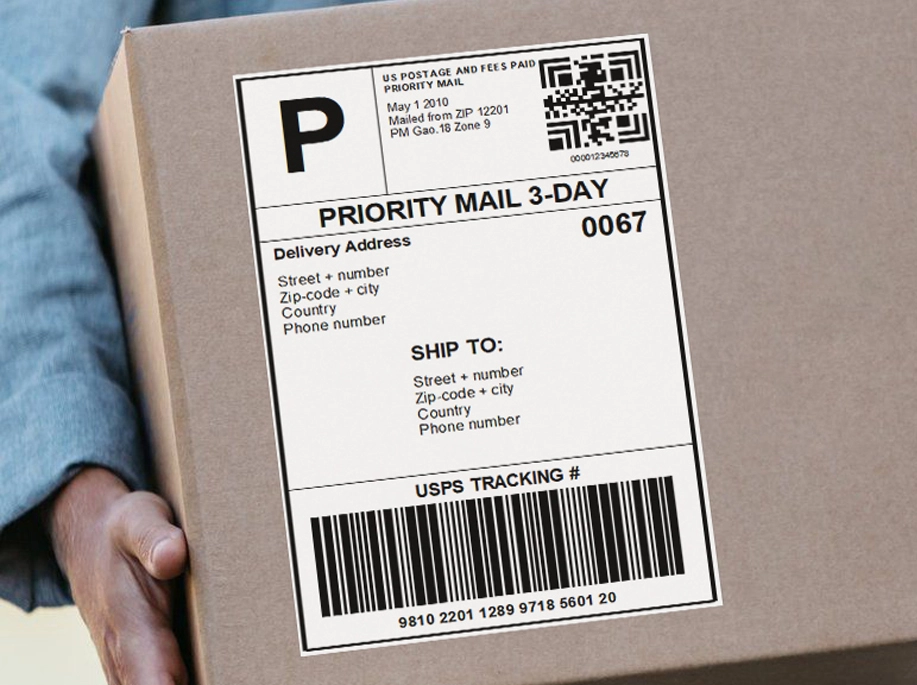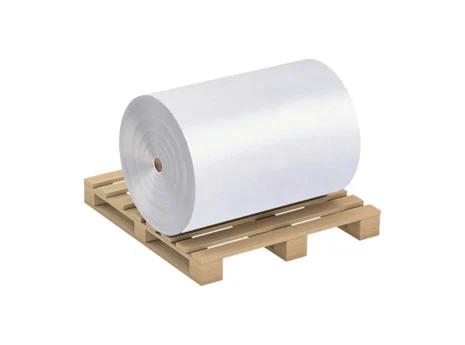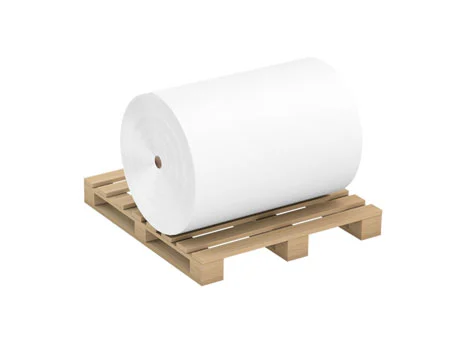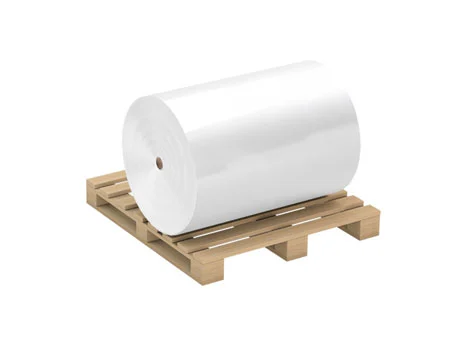
In many industries, adhesive labels are a common identification item. Whether it is cosmetics, food, or tobacco and alcohol industries, they widely use adhesive labels. The application range of adhesive labels is very wide, covering food labels, pharmaceutical labels, logistics labels, barcode labels, supermarket labels, electronic labels, and many other types. The production of adhesive labels usually requires six essential processes: printing, hot stamping, lamination, slitting, rewinding, die-cutting, and waste removal. The adhesion of adhesive labels becomes one of the important indicators of its quality.
Adhesive labels' adhesion directly affects their quality. If the adhesion is insufficient, the labels are easy to fall off, bringing a negative impact on the product image, and even damaging consumers' trust in the product. Therefore, choosing a suitable adhesive in the production process is crucial. As one of the core materials of adhesive labels production, the type of adhesive needs to be repeatedly tested and carefully selected.
When choosing adhesive label materials, the type of adhesive is especially important. Adhesives are divided into permanent and removable, single-use and re-stickable, etc. Additionally, different products have their respective requirements on the chemical properties of the adhesive.
The surface condition, shape, and strength of the application objects directly affect the choice of adhesive. Different surface materials require matching different types of adhesives, and whether the application object is a flat or curved surface, large or small diameter, will also affect the suitability of the adhesive.
The usage environment of the applied objects, such as indoor and outdoor environments, temperature and humidity, whether there are corrosive elements, etc., need to be considered. According to different environmental indicators, select matching facade material and adhesive. Additionally, the labeling method (manual or automatic) will also affect the choice of label materials and printing methods.
Adhesive labels' adhesion is closely related to the storage environment. A good storage environment helps maintain the adhesion and quality of the labels. Adhesive labels should be stored in places without direct sunlight, and should be placed vertically on wooden boards if they are in large quantities. The temperature in the warehouse should be controlled around 22 degrees Celsius, with humidity around fifty percent. Additionally, the printed adhesive labels should be stacked in layers to prevent the glue from melting and penetrating.
In summary, the transportation and storage of adhesive labels are crucial, which is significant to ensure the quality and usage effect of the labels. The choice of materials, adhesives, and storage methods must be carefully considered and reasonably arranged according to the actual situation to ensure optimal performance of adhesive labels during use.




 English
English  中文
中文  한국어
한국어  français
français  Deutsch
Deutsch  Español
Español  italiano
italiano  русский
русский  português
português  العربية
العربية  Polska
Polska  Indonesia
Indonesia 


